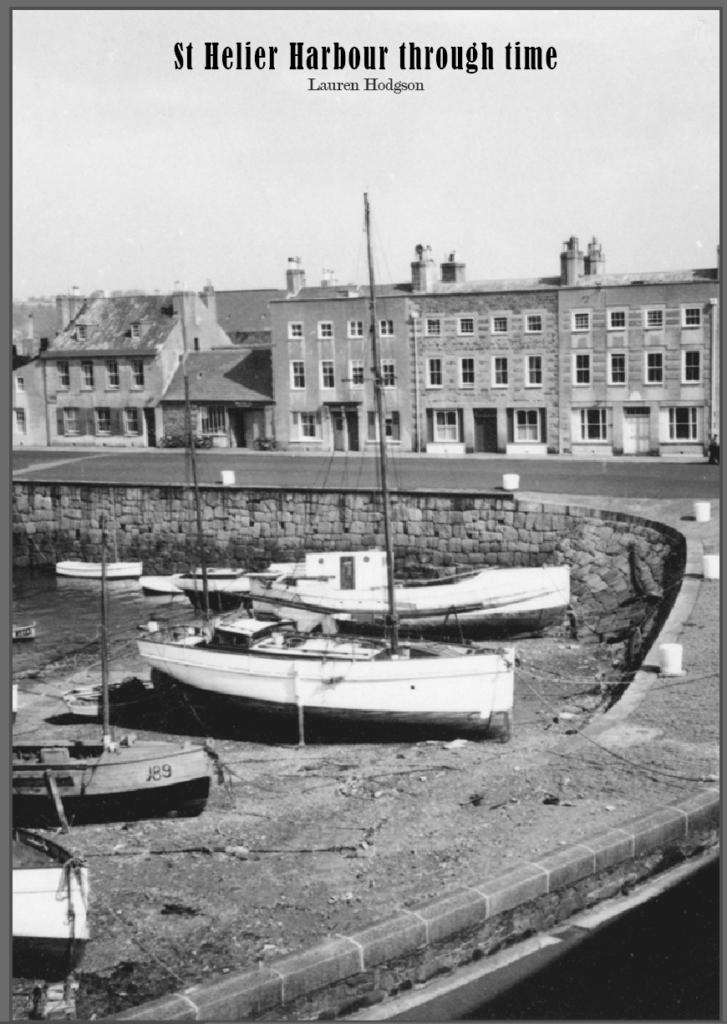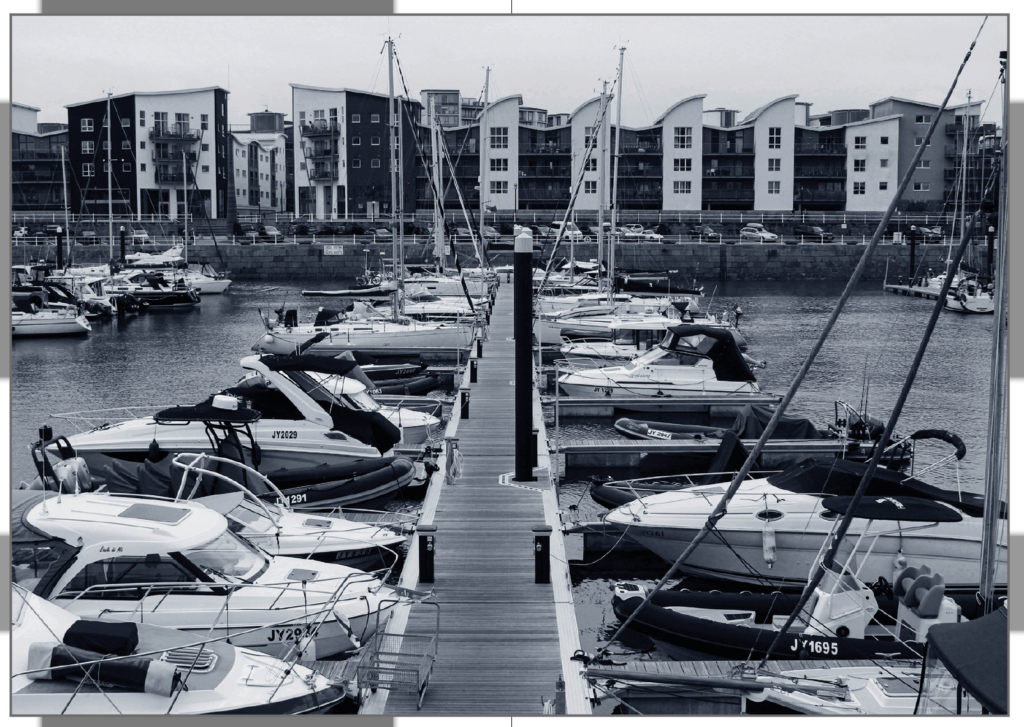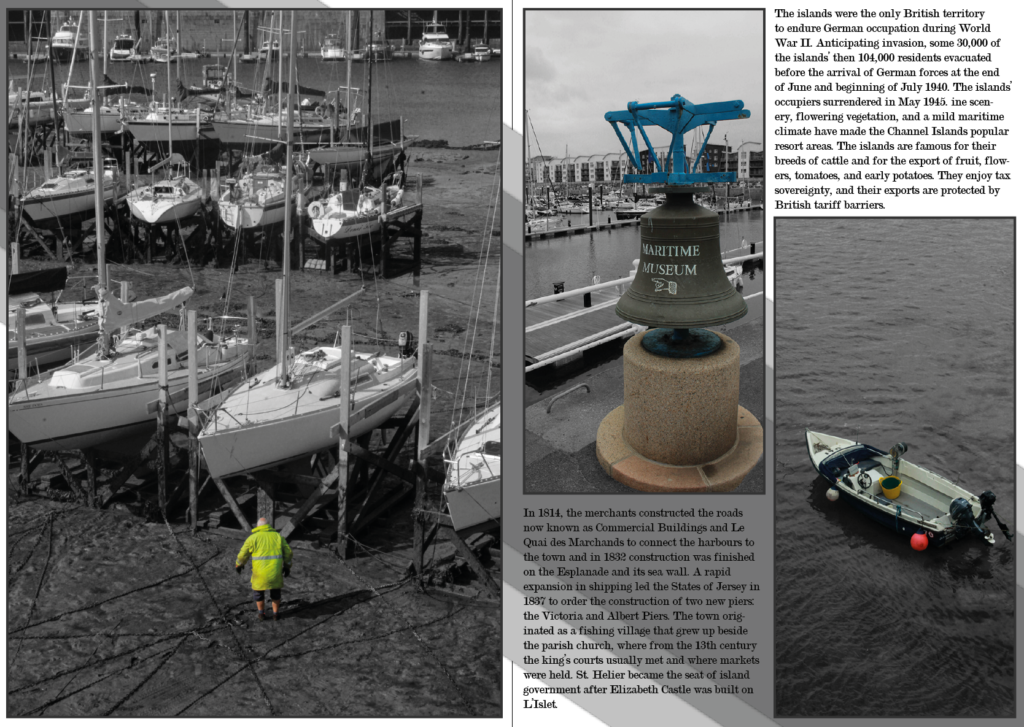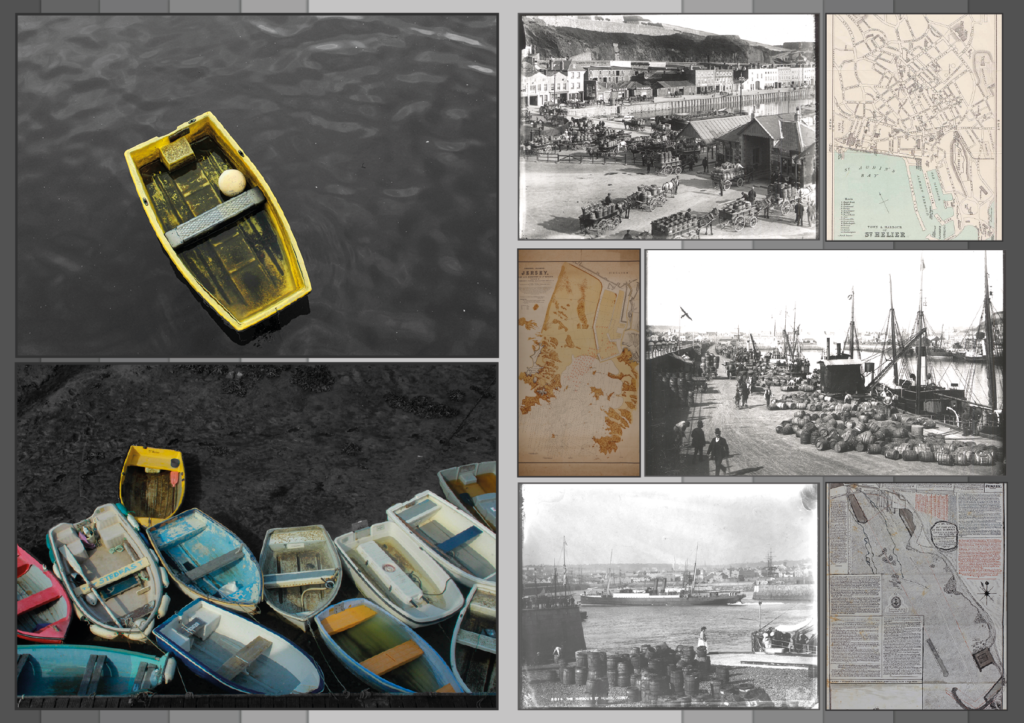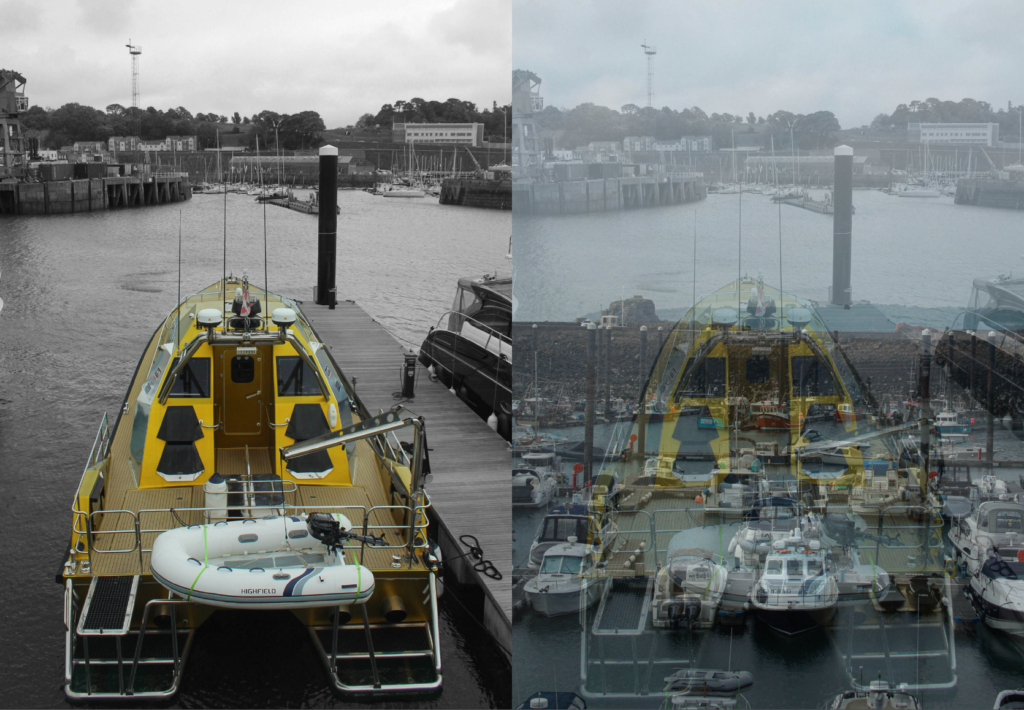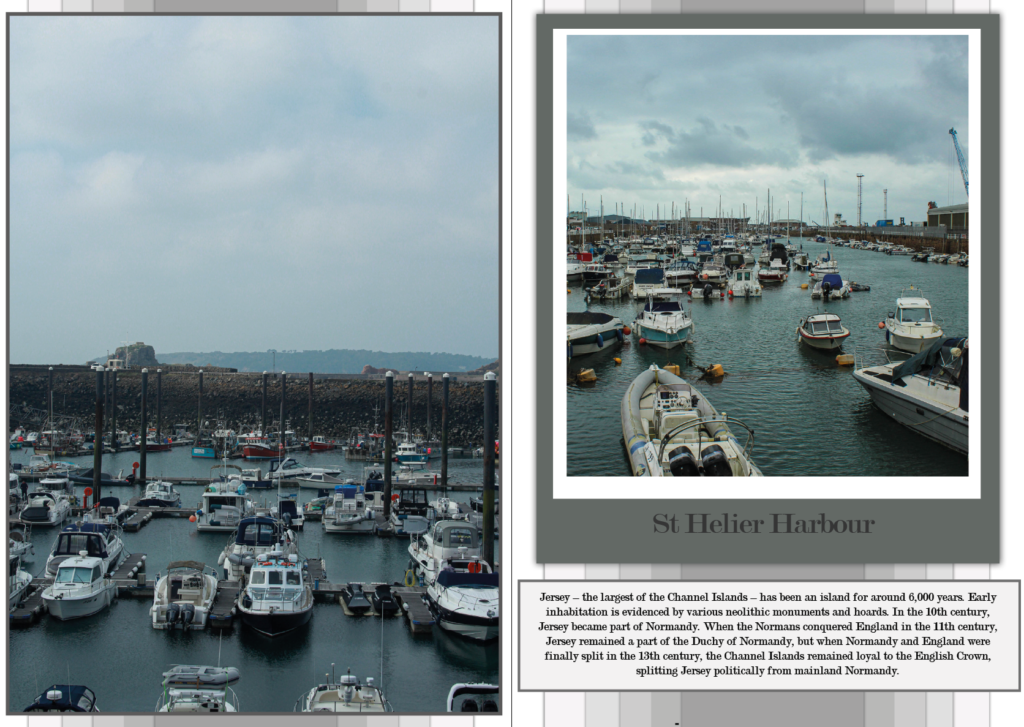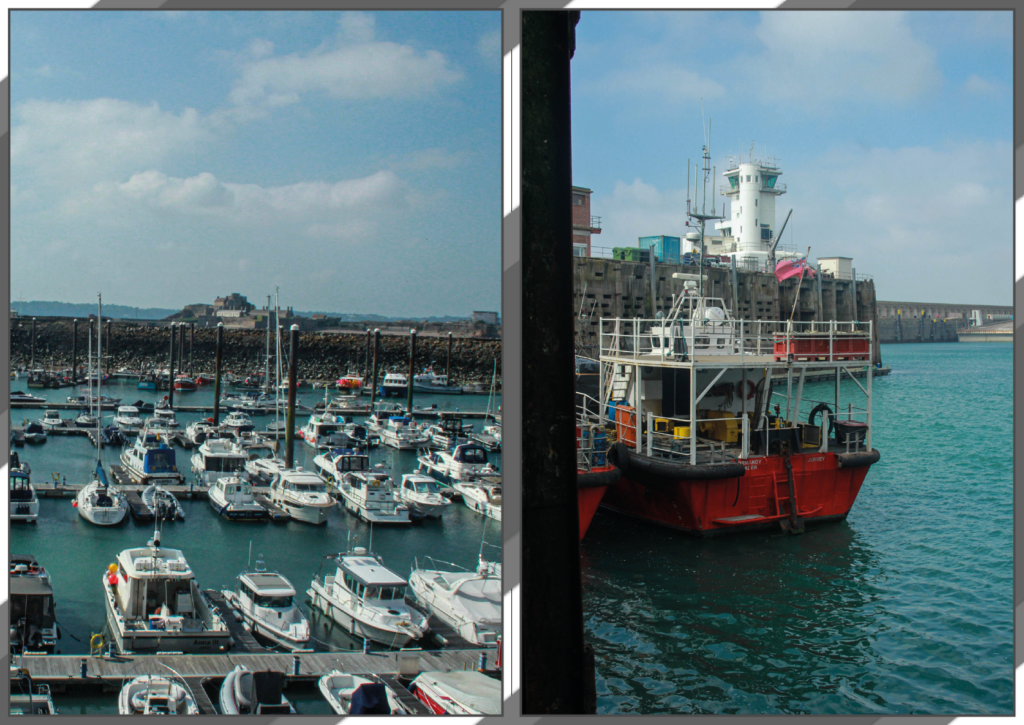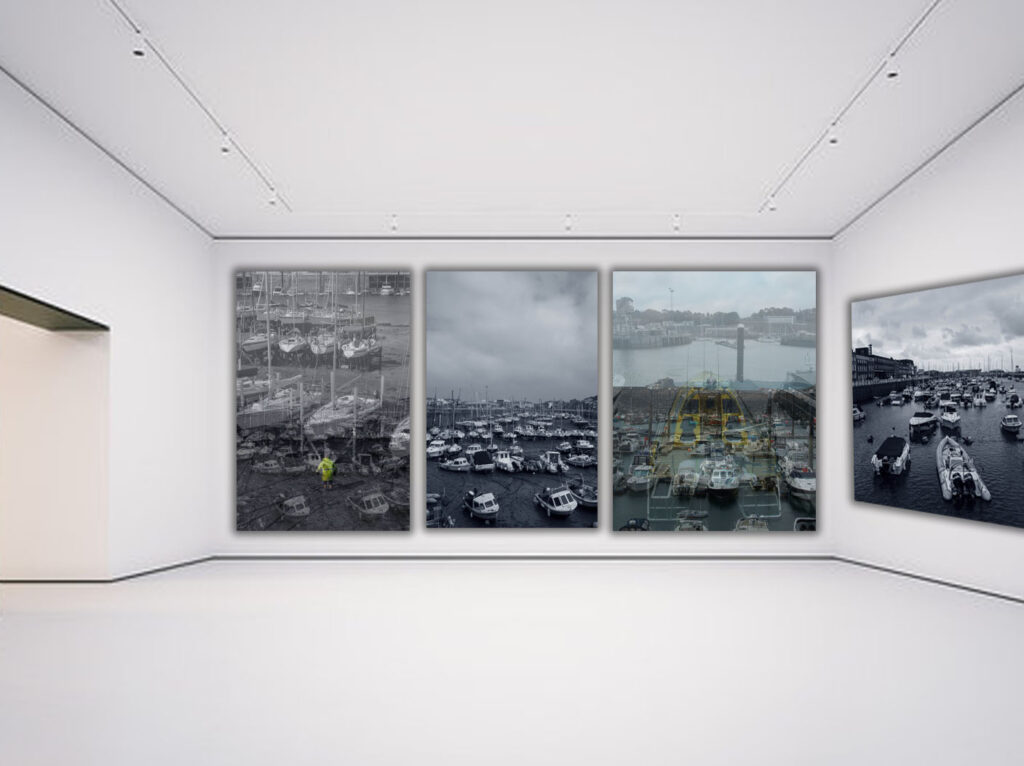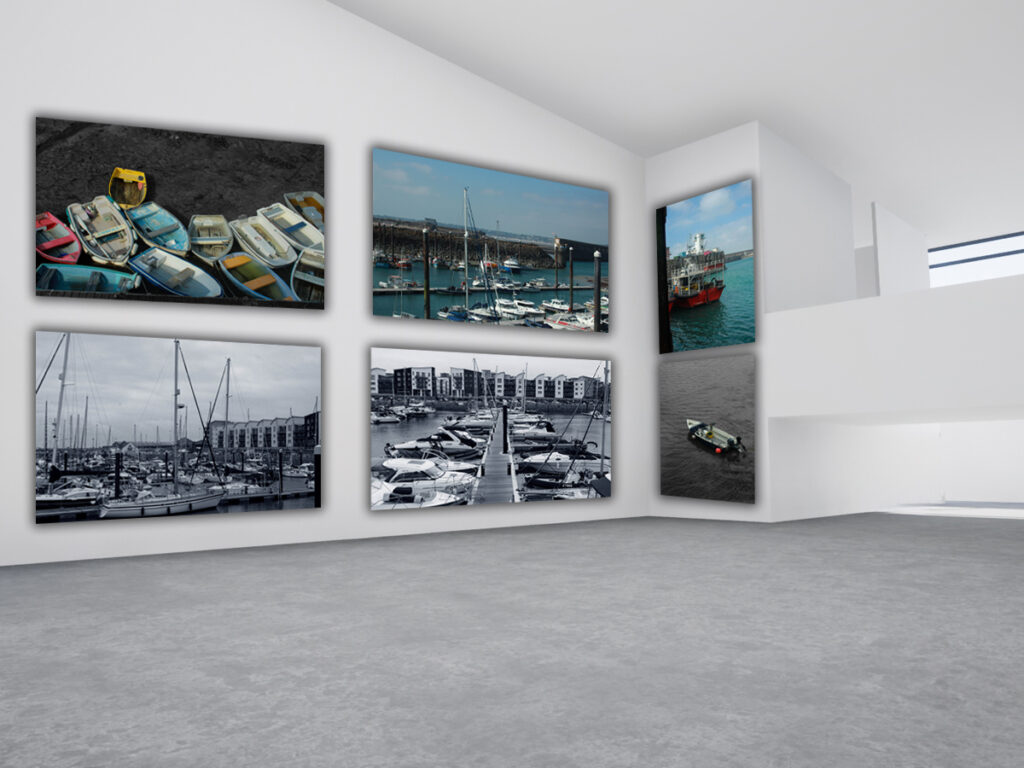
Cyanotypes are a fascinating alternative photographic process that allows photographers to create images with deep, rich blue tones. Invented in 1842 by scientist and astronomer Sir John Herschel, the cyanotype process was originally used to reproduce notes and technical drawings (known as “blueprints”) but quickly became popular for its aesthetic qualities in photography and art.
The process is simple yet captivating: it involves coating a surface (usually paper or fabric) with a light-sensitive solution, placing an object or a photographic negative on top, and exposing it to sunlight or UV light. The areas exposed to light turn into a brilliant Prussian blue, while the areas shielded by the object or negative remain white or lighter in tone. Once the exposure is complete, the image is developed by rinsing the print in water, fixing the vibrant blues.
Cyanotypes are one of the oldest photographic processes, giving photographers a chance to explore a piece of history firsthand. The distinct blue hues are unique to this technique, evoking nostalgia and offering a vintage look that can’t be replicated digitally.
Unlike digital photography, cyanotypes offer a tactile experience, as you mix chemicals, apply them to your surface, and watch the image develop. This hands-on, almost alchemical process encourages students to experiment, work with their surroundings, and appreciate the science behind photographic development.
Cyanotypes encourage creative experimentation. Students can use various materials to print on, like fabric, wood, or glass, and can create images without a camera by placing objects directly on the paper for photograms. Toning or bleaching the cyanotype after development can also lead to a range of colors, making it a highly customizable art form.
The chemicals used in cyanotypes are relatively safe compared to many other photographic processes. Sunlight can often be used for exposure, reducing the need for expensive equipment, which makes it an accessible method for new photographers and artists to explore alternative techniques.
Studying it not only enhances technical skills but also deepens students’ understanding of the medium, inspiring them to think creatively and engage with photography as both an art form and a science.

